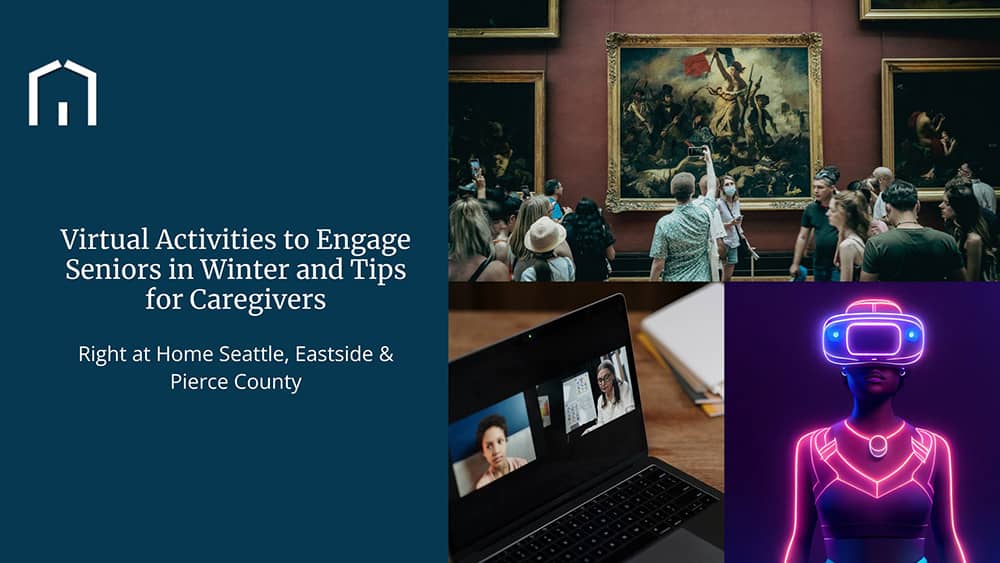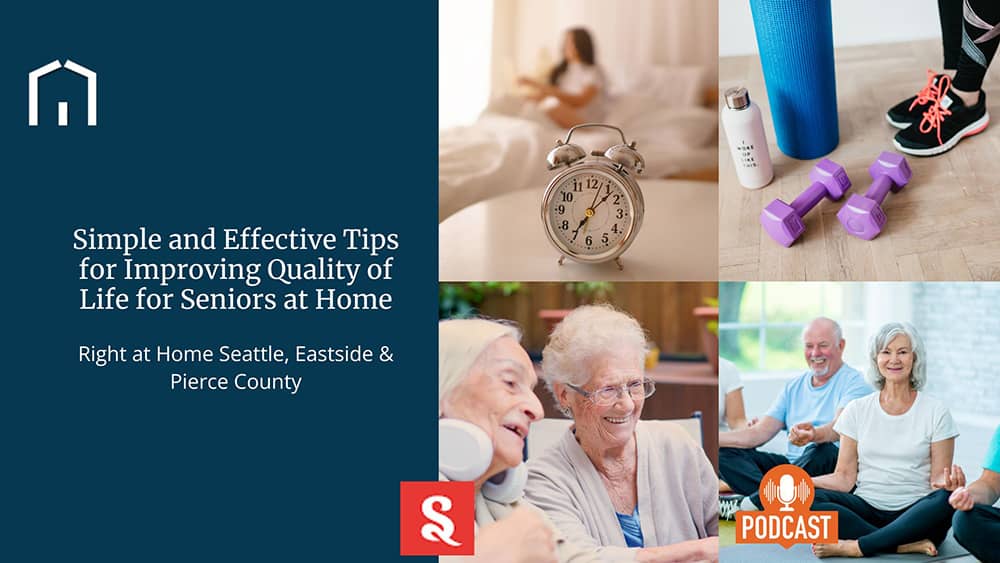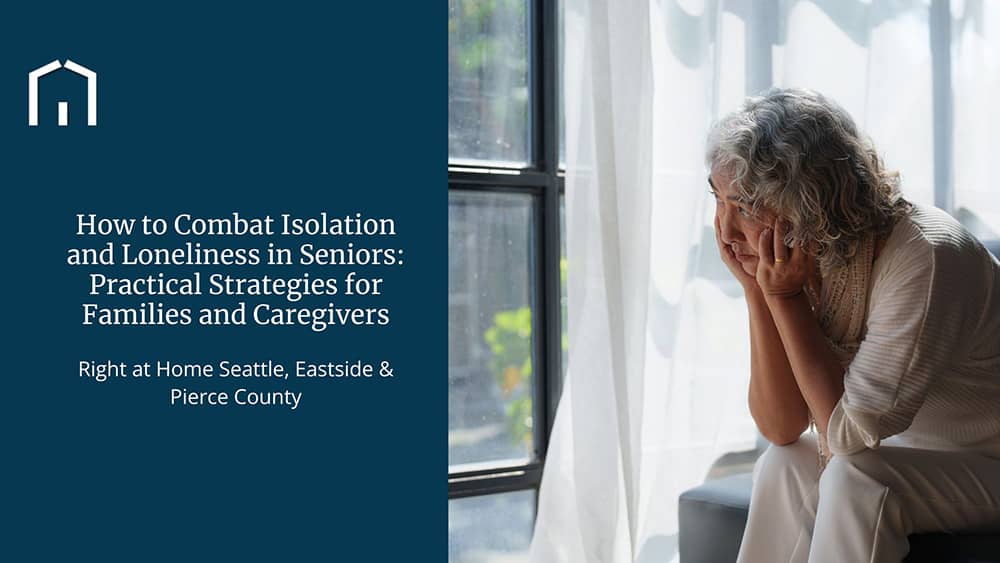

Managing Sundowning in People with Alzheimer’s
Sundowning, also known as sundown syndrome, refers to increased confusion, agitation, and restlessness that often occurs in individuals with Alzheimer’s disease or other forms of dementia during the late afternoon or evening. While the exact causes of sundowning are unclear, it may be linked to factors such as exhaustion, changes in light, or disruptions in the body’s internal clock. This behavior can be especially challenging for family and professional caregivers, as it disrupts routines and creates stress for everyone involved. Understanding how to manage sundowning effectively is crucial to ensuring a calmer and more supportive environment
Pacing or Wandering: A person may start pacing around the house, looking for something or someone they believe is missing.
Example: An individual repeatedly opens the front door, saying they need to “go home,” even though they are already at home.
Agitation or Anxiety: As the evening progresses, the individual may grow more irritable and demand answers to repetitive questions.
Example: Someone may keep asking, “When are we leaving?” despite being told they are staying home.
Maintain a Consistent Schedule: Predictable routines help reduce anxiety. Try to keep meals, activities, and rest times at the same time each day.
Create a Calm Environment: Minimize noise and distractions in the late afternoon and evening. Turn off the TV, dim bright lights, and play calming music.
Encourage Daytime Activity: Engage the individual in light exercise or activities earlier in the day to promote better sleep at night. Avoid overstimulation close to evening.
Adjust Lighting: Sundowning can be triggered by changes in lighting as the sun sets. Keep rooms well-lit in the late afternoon and gradually dim them as bedtime approaches to mimic a natural transition to night.
Provide a Nutritious Diet: Avoid caffeine, sugary snacks, or heavy meals late in the day, as they can increase restlessness. Offer a light, calming snack such as herbal tea or crackers.
Redirect Attention: Gently redirect the individual if they become agitated.
Example: If they are pacing or asking repetitive questions, involve them in a simple task like folding towels or looking through a photo album.
Use Reassuring Language and Touch: Speak calmly and offer reassurance. A gentle touch on the hand or shoulder can help ground them and reduce anxiety.
Provide a Comfort Object: Items like a favorite blanket, pillow, or stuffed animal can help soothe and comfort the individual during stressful moments.
Limit Naps: Excessive daytime napping can disrupt nighttime sleep. Encourage short rest periods instead of extended naps.
Monitor Triggers: Keep a journal to identify patterns or triggers that lead to sundowning. Knowing what prompts these behaviors can help you make adjustments.
Caring for someone experiencing sundowning can be draining. Remember to:
Seek Professional Advice: If sundowning worsens or becomes unmanageable, consult a doctor. Medications or other interventions might help.
Share the Responsibility: For family caregivers, enlist help from other family members or professional in-home care services.
Managing sundowning requires patience, understanding, and creativity. By identifying triggers, establishing routines, and using calming strategies, caregivers can help individuals with Alzheimer’s feel safer and more at ease during challenging moments. While it may not always be possible to prevent sundowning entirely, a compassionate and proactive approach can significantly reduce its impact on everyone involved.
Examples of Sundowning Behaviors
Pacing or Wandering: A person may start pacing around the house, looking for something or someone they believe is missing.
Example: An individual repeatedly opens the front door, saying they need to “go home,” even though they are already at home.
Agitation or Anxiety: As the evening progresses, the individual may grow more irritable and demand answers to repetitive questions.
Example: Someone may keep asking, “When are we leaving?” despite being told they are staying home.
Tips for Managing Sundowning
For Family and Professional Caregivers
Maintain a Consistent Schedule: Predictable routines help reduce anxiety. Try to keep meals, activities, and rest times at the same time each day.
Create a Calm Environment: Minimize noise and distractions in the late afternoon and evening. Turn off the TV, dim bright lights, and play calming music.
Encourage Daytime Activity: Engage the individual in light exercise or activities earlier in the day to promote better sleep at night. Avoid overstimulation close to evening.
Adjust Lighting: Sundowning can be triggered by changes in lighting as the sun sets. Keep rooms well-lit in the late afternoon and gradually dim them as bedtime approaches to mimic a natural transition to night.
Provide a Nutritious Diet: Avoid caffeine, sugary snacks, or heavy meals late in the day, as they can increase restlessness. Offer a light, calming snack such as herbal tea or crackers.
Redirect Attention: Gently redirect the individual if they become agitated.
Example: If they are pacing or asking repetitive questions, involve them in a simple task like folding towels or looking through a photo album.
Use Reassuring Language and Touch: Speak calmly and offer reassurance. A gentle touch on the hand or shoulder can help ground them and reduce anxiety.
Provide a Comfort Object: Items like a favorite blanket, pillow, or stuffed animal can help soothe and comfort the individual during stressful moments.
Limit Naps: Excessive daytime napping can disrupt nighttime sleep. Encourage short rest periods instead of extended naps.
Monitor Triggers: Keep a journal to identify patterns or triggers that lead to sundowning. Knowing what prompts these behaviors can help you make adjustments.
When Sundowning Becomes Overwhelming
Caring for someone experiencing sundowning can be draining. Remember to:
Seek Professional Advice: If sundowning worsens or becomes unmanageable, consult a doctor. Medications or other interventions might help.
Share the Responsibility: For family caregivers, enlist help from other family members or professional in-home care services.
Managing sundowning requires patience, understanding, and creativity. By identifying triggers, establishing routines, and using calming strategies, caregivers can help individuals with Alzheimer’s feel safer and more at ease during challenging moments. While it may not always be possible to prevent sundowning entirely, a compassionate and proactive approach can significantly reduce its impact on everyone involved.







